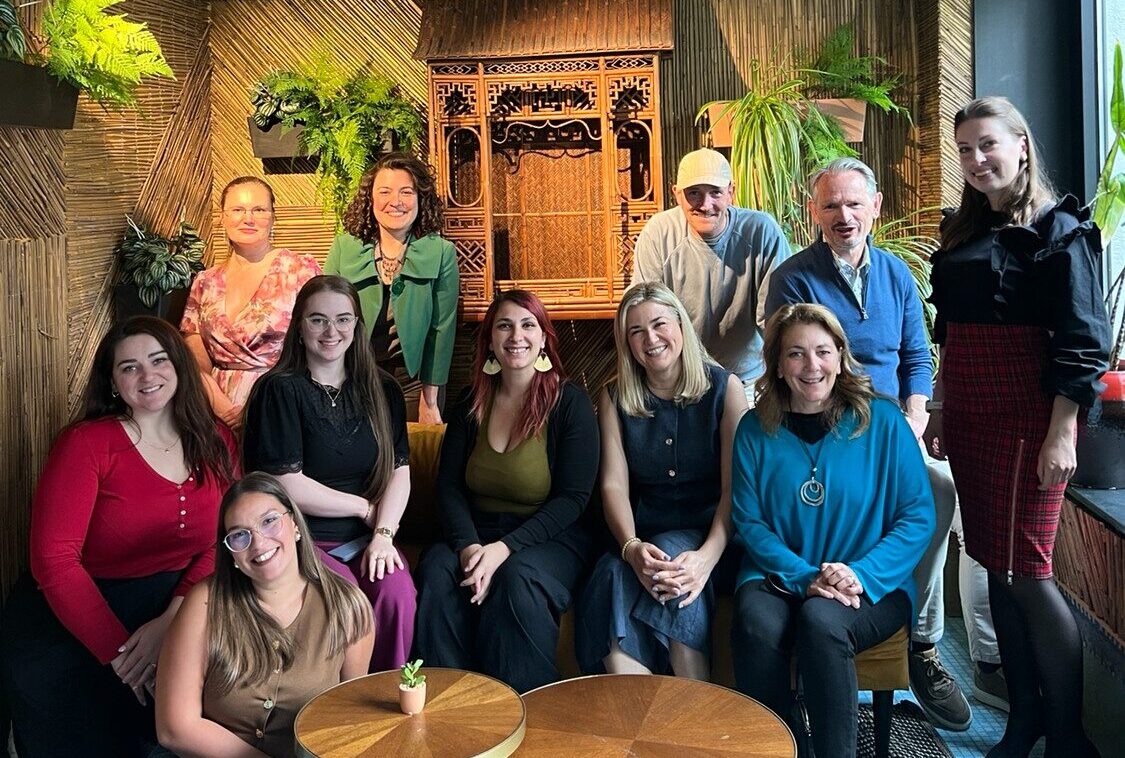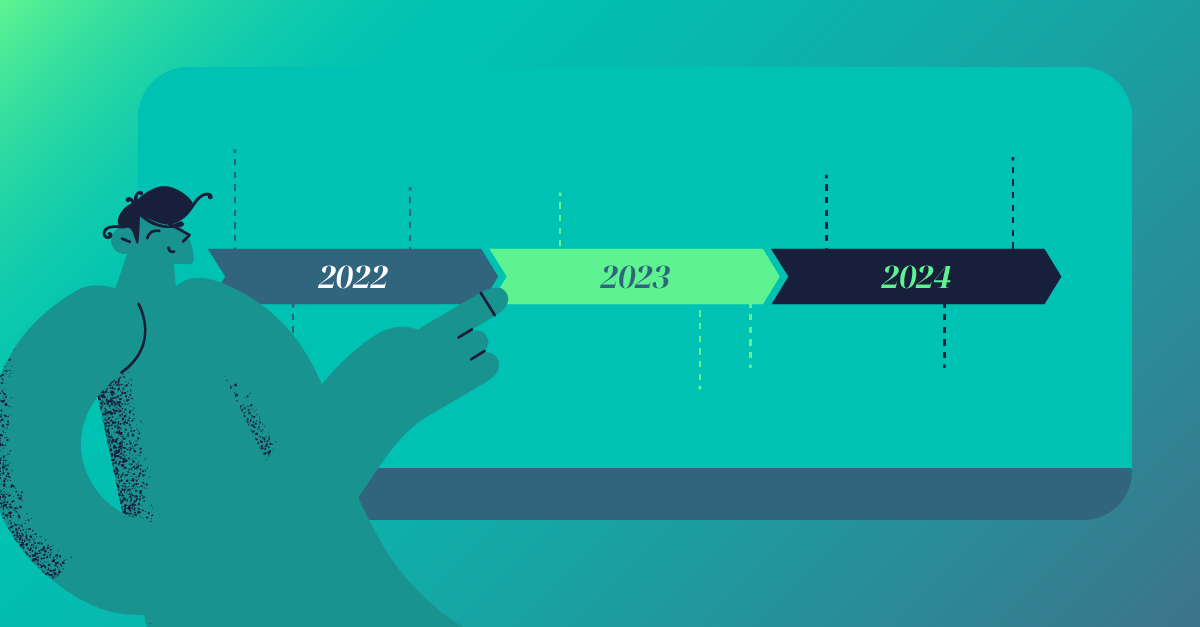To explore innovative governance models for the bioeconomy education, BioGov.net integrates humanities, art, design and culture to foster the transition to an innovative and inclusive bioeconomy. Specifically, the methodological approach developed in the project links art to bioeconomy education and is designed along 4 different dimensions. Per each dimension, various innovative formats and case studies are presented, with the aim to inspire, engage, encourage creative thinking and facilitate inclusion.
1) Art to elicit new ways of thinking and develop skills needed in bioeconomy education
Techniques and formats like design thinking and visual thinking can contribute to developing skills of various target groups, defining educational programmes which stimulate systemic vision, circular and sustainable mindset, structural change (biotransition), transversal competencies and skills and divergent thinking.
2) Art to address different learning styles and facilitate the inclusion of marginalised groups
The VARK model (designed by Neil Fleming) suggests that everybody receives, processes and retains information differently (e.g. visual, auditory, written, kinesthetic and multimodal). Moreover, there is a huge need to be more inclusive towards people with learning difficulties (e.g. Dyslexia, Dysgraphia, Dyscalculia, Visual Perceptual/Visual Motor Deficit, Attention Deficit Hyperactivity Disorder (ADHD) Language Processing Disorder, Non-verbal Learning Disabilities), non-native speakers like migrants and to motivate/stimulate people not easy to engage (e.g. NEETS, unemployed, etc.). By using methodologies and artistic communication it is possible to integrate the use of arts in various ways to better address different learning styles and reach marginalised and disadvantaged groups.
3) Art to communicate messages, inspire people and raise their interest and awareness
The use of inspirational case studies and artistic formats to educate in the bioeconomy has been recognised as relevant to integrate the opportunities created by the human-centric principles, offered by art, culture and (eco)-design, with respect to the bio-based feedstocks, including traditional and novel biological materials. By leveraging the link of Art and Bioeconomy, it is possible to attract the larger public, convey messages, and inspire and raise awareness towards the bioeconomy.
4) Inject the bioeconomy into Cultural and Creative Industries professionals
Finally, BioGov.net methodology targets professionals involved in Cultural and Creative Industries to inform and educate them on the opportunities offered by the bioeconomy. The aim is to stimulate the integration of bio-based materials in art, design and architecture, therefore improving the sustainability of these applications. Specifically, in the wider domain of sustainable architecture and design, bio-architecture and bio-design are part of an emerging movement, whose aim is to incorporate the use of living materials, or “moist media”, such as fungi, algae, yeast, bacteria, and cultivated tissue. Bio-architects and bio-designers essentially cross traditional art-design-science boundaries to create new solutions and technologies whose properties are enhanced as a result of the implementation of biomaterials.
Author: Selenia Marinelli, FVA – New Media Research


